Survey Lines And Surveyor
Survey Lines
The line produced on a cast by a surveyor marking the greatest prominence of contour. It marks the highest point on tooth contour. It is marked with a carbon marker attached to the surveyor. It has various configurations and can be changed by changing the tilt of a cast.
Table of Contents
Classification Of Survey Lines
Any abutment tooth near to partial edentulous space can be divided into two parts. Blatterfein divided the abutment tooth into two halves by a vertical line passing through the center of the tooth. The part of the tooth near to edentulous space was termed as near zone and the area away from the edentulous space was termed as far zone.
Read and Learn More: Preclinical Prosthodontics Notes
Based on their relation with far and near zones, survey lines are classified as:
- High survey line
- Low survey line
- Medium survey line
- Diagonal survey line.
High Survey Line:
It is located in the occlusal third in both near and far zones. It is seen on inclined teeth. It can be changed by tilting the cast. Wrought wire clasp or ring clasp is advocated.
Low Survey Line:
This type of survey line is located in the gingival third in both the far zone as well as in the near zone. It is seen on the opposite side of the tilted tooth. Better to change the contour by tilting the cast.
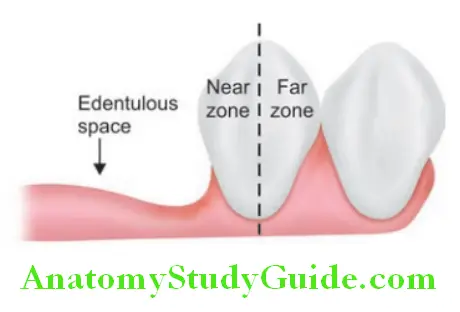
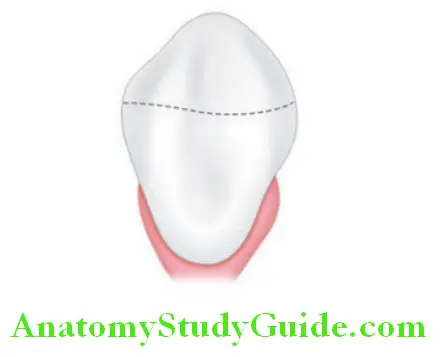
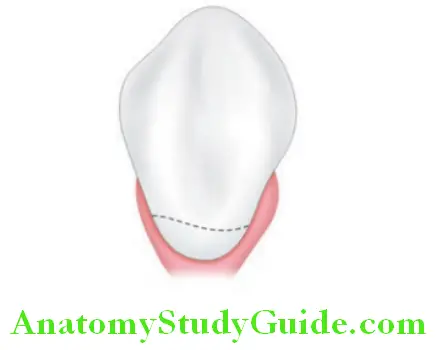
Medium Survey Line:
It starts or travels from the middle third of the tooth in the near zone to the gingival third of the tooth in the far zone. It is an ideal survey line, used with a circumferential clasp and bar clasp.
Diagonal Survey Line:
It runs from the occlusal third in the near zone to the gingival third in the far zone. It is commonly seen on the buccal surface of canines and premolars. Circumferential, hairpin, modified T-bar, and “T”-bar clasp can be used.
Surveyor
Any partial edentulous arch is a blend of remaining natural teeth and partial edentulous spaces. This is unique to the partially edentulous arch as it has both dentulous and edentulous characteristics. All remaining natural teeth may not have similar angulation so it is difficult to fabricate prosthesis.
The problem with partially edentulous condition is to fabricate a prosthesis that has a single path of insertion, can be placed easily on the arch, and remains there with resistance to removal.
Definition:
Surveyor:
A paralleling instrument used in the construction of a dental prosthesis to locate and delineate the contours and relative positions of abutment teeth and associated structure.
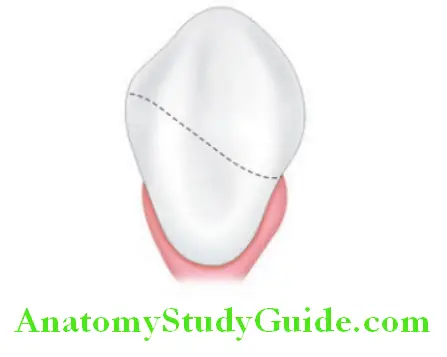
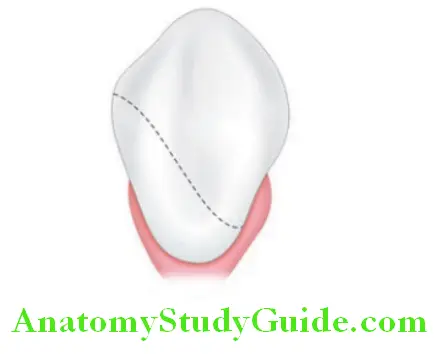
Types:
The most commonly used surveyors are:
- Ney surveyor (horizontal arm is fixed).
- Williams surveyor (horizontal arm is split and connected).
- Jelenko surveyor (horizontal arm can swivel).
Parts of Surveyor:
Surveying Platform:
It is a metal platform or base parallel to the floor on which the cast holder and vertical arm are attached. It is the base of the surveyor on which other parts of the surveyor are fixed.
Surveying Table:
It consists of a cast holder and base. The base is attached to the platform and on it, the cast holder is fixed. The cast is placed on a cast holder for surveying. The holder is attached to the platform with a ball and socket mechanism which allows tilting of the cast.
Vertical Arm:
It is attached to the platform and supports the horizontal arm.
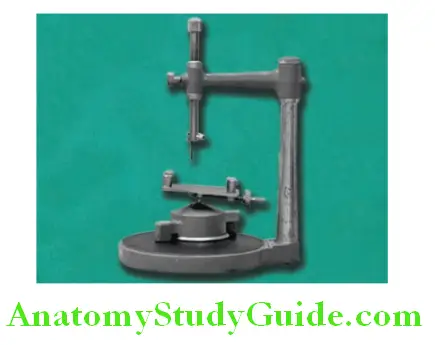
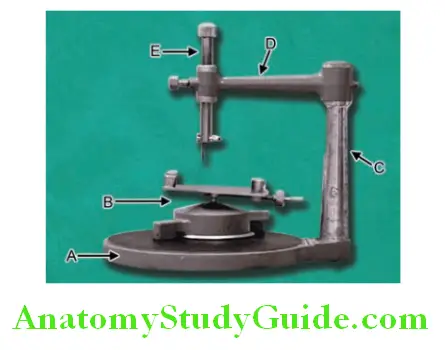
- A. surveying platform
- B. surveying table
- C. vertical arm
- D. horizontal arm
- E. surveying arm.
Horizontal Arm:
It is attached with the vertical arm at a right angle and the surveying arm is attached to it.
Surveying Arm:
It drops vertically from the free end of the horizontal arm. It can be moved up and down vertically. On the free end (lower end), the mandrel is attached which holds surveying tools and a carbon marker.
Surveying Tools:
Analyzing Rod:
It is a metal rod to be used for surveying. It helps in determining relative parallelism between abutments. It helps in determining the height of the contour.
Carbon Marker:
It is a carbon lead of around 2 mm diameter similar to pencil lead. It is used to mark survey
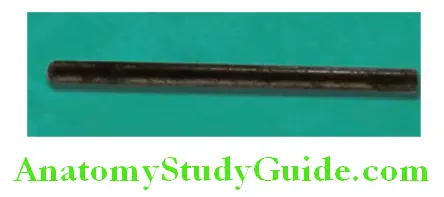
lines on teeth. The free end of the carbon marker is circular in the Ney surveyor and triangular in the Jelenko surveyor.
Undercut Gauge:
Used to determine the size and location of undercuts. Usually, it comes in 0.001, 0.002, and 0.003-inch sizes.
Wax Trimmer:
Used for trimming out the excess wax from block-out area to make them parallel to the path of insertion.
Purposes/Uses of Surveyor:
- Surveying the diagnostic cast
- Surveying the master cast
- Tripoding
- Contouring the wax pattern
- Contouring the crowns
- Placing internal attachments and rests.
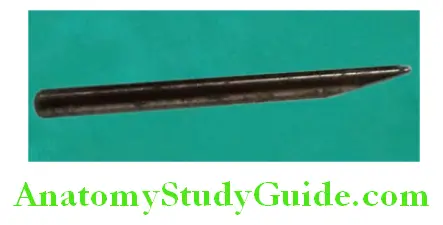
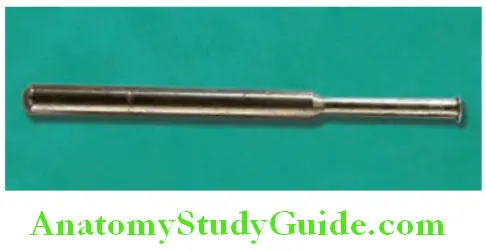
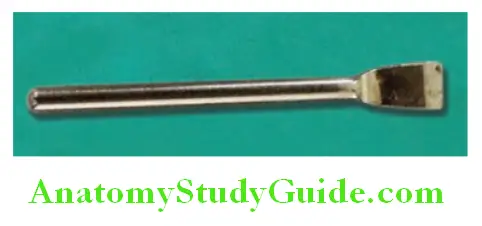
Leave a Reply